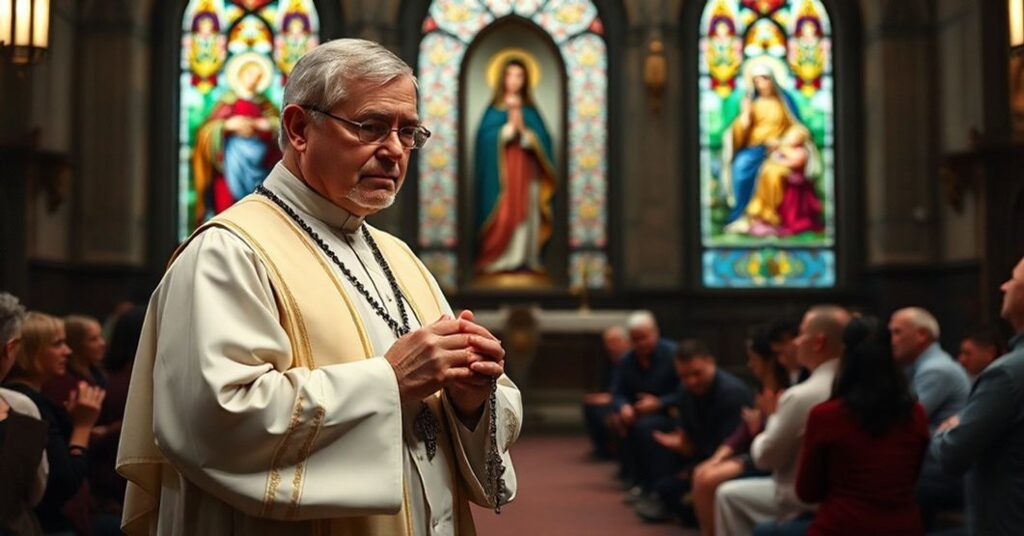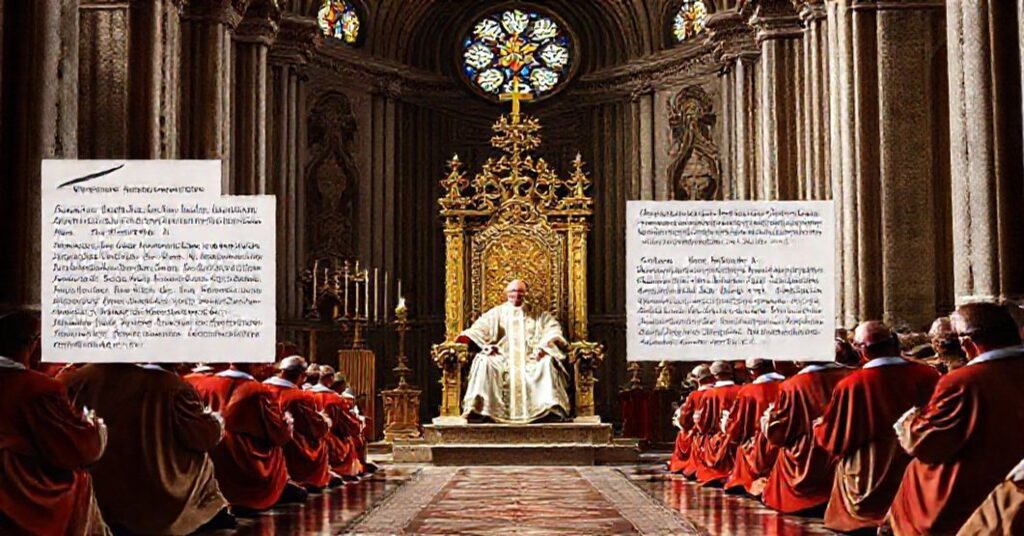Princeps Pastorum (1959.11.28)
Princeps pastorum, dated 28 November 1959 and issued under the name of John XXIII, is presented as an encyclical on Catholic missions, commemorating forty years since Benedict XV’s Maximum illud. It praises recent developments in mission territories, especially the formation of indigenous hierarchies and laity, calls for better training of local clergy, insists on the role of lay apostolate and “Catholic Action,” encourages social initiatives and adaptation to local cultures, and ends with a sentimental exhortation and blessing for missionaries and benefactors. Beneath its pious vocabulary, the text systematically redirects missionary purpose from the supernatural conquest of souls for the one true Church to a horizontal, politicized, and democratized program that prefigures the conciliar revolution.




